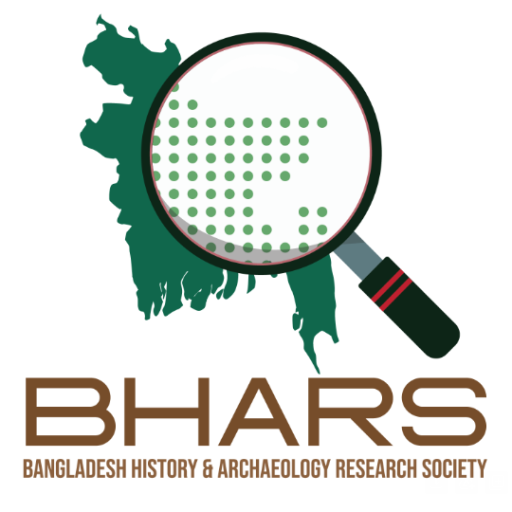–Dr. Md. Samaun Hasan*
Abstract:
In the context of the Fourth Industrial Revolution (4IR), convolutional neural networks (CNNs) have become pivotal in computer vision, particularly for preserving architectural heritage. This study harnesses CNNs to develop a monument identification system, exploring its origins and outcomes. Iconic landmarks such as the Lahore Museum (British Period), Kantaji Temple (Mughal Period), and Choto Sona Mosque (Sultanate Period) in the Indian subcontinent showcase architectural splendor and a rich historical legacy. Employing deep learning, the research uses computational techniques to accurately determine the construction eras of heritage buildings, focusing on the British, Mughal, and Sultanate periods. The study proposes a computational approach to assist archaeologists in identifying the construction periods of ancient structures, such as the Kismat Maria Mosque. The proposed mechanism has achieved a maximum accuracy of 96.20% during testing. To enhance the accuracy of era recognition, advanced feature detection algorithms are employed to identify key architectural features, with a proprietary Deep Neural Network (DNN) seamlessly integrated into the CNNs.
*Assistant Professor, Department of MCT, Daffodil International University, Bangladesh
